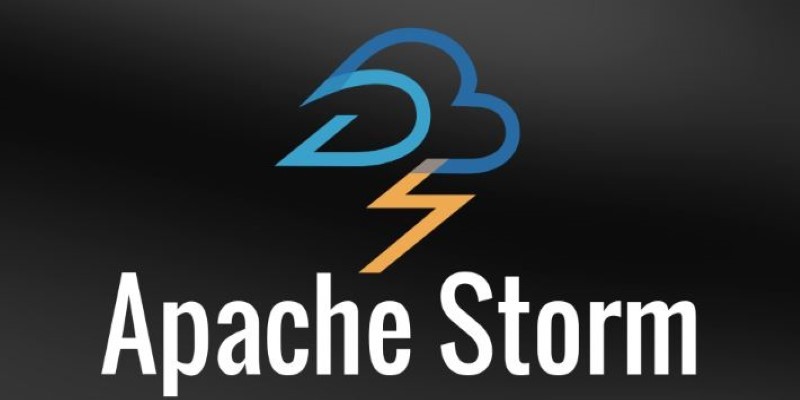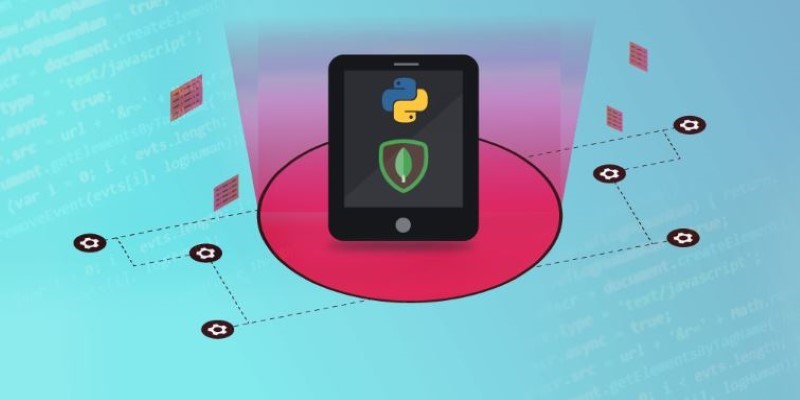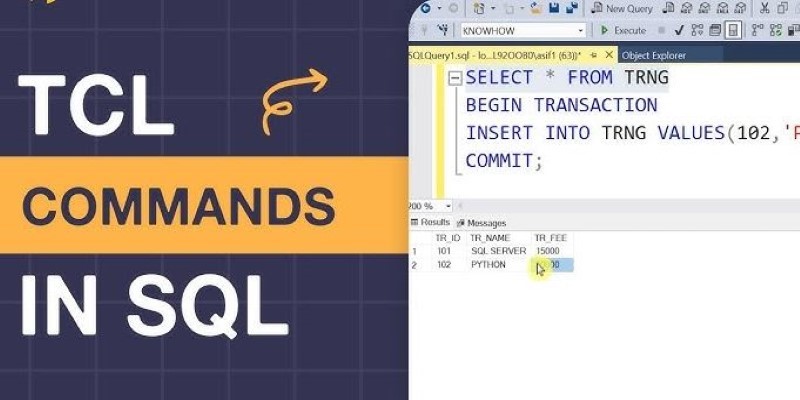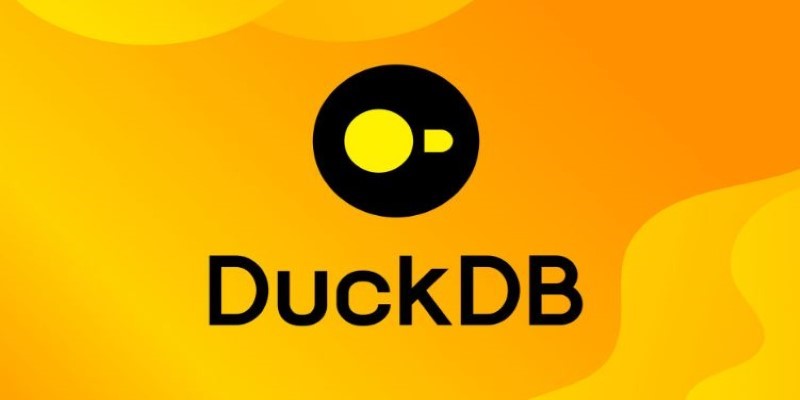Advertisement
The way we use our voice has changed. With tools like the ElevenLabs API, it's no longer just about talking—it’s about creating. Whether it’s bringing fictional characters to life, building voice-driven apps, or saving hours of narration work, this API takes voice generation to a whole new level. And you don’t need to be a tech wizard to understand what it offers.
The API functions as a voice toolbox. You receive choices to create, adjust, and provide voices that are natural-sounding—often too natural to think they're not. That's why it's garnered the focus of creators, teachers, developers, and even companies. Let's take a look at the way it functions and why it's being so highly regarded.
Voice cloning sounds like something out of a movie, but here, it's real and simple. You start with a short audio sample. It could be your voice, your friend's, or someone you're allowed to use. Once uploaded, the ElevenLabs system learns the unique tone, rhythm, and pitch of that voice. The result? A digital voice model that can say anything you type in a way that sounds exactly like the original speaker.
There’s no robotic flatness here. It can express emotions—whether that’s excitement, calm, or sarcasm. This is why it's being used to recreate voices for storytelling, training simulations, and even video game dialogue.
And yes, there are limits in place. The API won't just let you clone anyone's voice. There's a voice consent policy that makes sure people can't misuse the tool, so if you're wondering whether someone could clone your voice without you knowing—nope, it's not going to happen.
This is where the API really shines. Once you have a voice model (cloned or built-in), you can feed it any text. It reads that text out loud, but not like those monotone GPS voices from years ago. It gets the pacing right. It knows when to pause. It even handles tricky names and uncommon words well, which is often where other text-to-speech tools mess up.

The best part? You don’t need to know a lot of coding to get this running. The API works with simple requests, so if you’ve ever worked with a REST API before, you’re already halfway there. And for folks who’ve never touched an API in their life, the documentation is friendly enough to walk you through step by step.
It also supports multiple languages. So, whether you're building an app for an English-speaking audience or a multilingual one, it handles the transition smoothly. Voice tones don't flatten out just because they switch languages, which makes it really handy for global teams or projects that need wide accessibility.
There’s one more thing that sets the ElevenLabs API apart—it can respond fast. Really fast. When people say “real-time,” it’s often just a way to mean “pretty quick.” But this tool actually responds in real-time, especially in the Pro and Enterprise tiers.
This is what makes it useful for customer service bots, voice assistants, or live narration tools. You send the text, and the voice comes back in seconds, ready to be played or streamed. You don’t need to wait around for processing or watch a loading bar creep across your screen.
If you’ve ever tried creating audio with other tools, you’ll notice the difference right away. The lag is gone. And that changes how apps behave. A chatbot can now talk back in a realistic voice without feeling slow or awkward. A game character can react right after the user takes an action. That speed opens up creative possibilities.
This API isn’t tied to one kind of work. It’s used across industries that rely on voice—but don’t always have the time or budget for manual recordings.

Educators and Course Makers: Building online lessons with clear audio used to mean hours behind a mic or paying for voiceover talent. Now, they type the script and get a natural-sounding narration. It also allows for fast updates. If a lesson changes, the new audio can be ready within minutes without needing to re-record anything.
Podcast Editors: Short on time or budget? The API can handle intros, sponsor reads, or even entire segments using your own cloned voice. This way, you stay consistent without being stuck in front of the mic every time.
Accessibility App Developers: Some apps are using this tech to offer custom voices for users with speech disorders, allowing them to “speak” using voices they’ve picked themselves—something that wasn’t possible with old-school text-to-speech.
Customer Service Platforms: Real-time voice makes it possible to offer voice support that doesn’t sound robotic. The tone, speed, and accent can all be adjusted based on the user’s region or preferences.
Whether you're adding voices to a mobile app or building tools for visually impaired users, the flexibility of the ElevenLabs API makes it easier to offer a better experience—without burning through time or money.
ElevenLabs didn’t invent voice generation, but they’ve made it a lot better. And more usable. The API gives developers and creators a tool that doesn’t just produce sound—it creates something that feels close to real speech. If your work involves any kind of voice, whether for art, apps, or audio content, this is something worth checking out. It takes care of the hard part so you can focus on the creative stuff. And the fact that it works in real time? That just makes everything a bit more fun.
It’s flexible enough to slip into small projects and strong enough to power entire platforms. You don’t have to change how you work—it simply fits in. And once you’ve tried it, you’ll likely find new ways to use it that you hadn’t even planned for.
Advertisement

Learn Apache Storm fundamentals with this detailed guide covering architecture, key concepts, and real-world use cases. Perfect for mastering real-time stream processing at scale

Gain control over who can access and modify your data by understanding Grant and Revoke in SQL. This guide simplifies managing database user permissions for secure and structured access

What Hannover Messe 2025 has in store, from autonomous robots transforming manufacturing to generative AI driving innovation in industrial automation

Gen Z embraces AI in college but demands fair use, equal access, transparency, and ethical education for a balanced future

What Levenshtein Distance is and how it powers AI applications through string similarity, error correction, and fuzzy matching in natural language processing

Wondering whether to use Streamlit or Gradio for your Python dashboard? Discover the key differences in setup, customization, use cases, and deployment to pick the best tool for your project

Looking for the best Airflow Alternatives for Data Orchestration? Explore modern tools that simplify data pipeline management, improve scalability, and support cloud-native workflows

How to use MongoDB with Pandas, NumPy, and PyArrow in Python to store, analyze, compute, and exchange data effectively. A practical guide to combining flexible storage with fast processing

Understand how TCL Commands in SQL—COMMIT, ROLLBACK, and SAVEPOINT—offer full control over transactions and protect your data with reliable SQL transaction control

How the AI Robotics Accelerator Program is helping universities advance robotics research with funding, mentorship, and cutting-edge tools for students and faculty

How self-driving tractors supervised remotely are transforming AI farming by combining automation with human oversight, making agriculture more efficient and sustainable

Discover DuckDB, a lightweight SQL database designed for fast analytics. Learn how DuckDB simplifies embedded analytics, works with modern data formats, and delivers high performance without complex setup